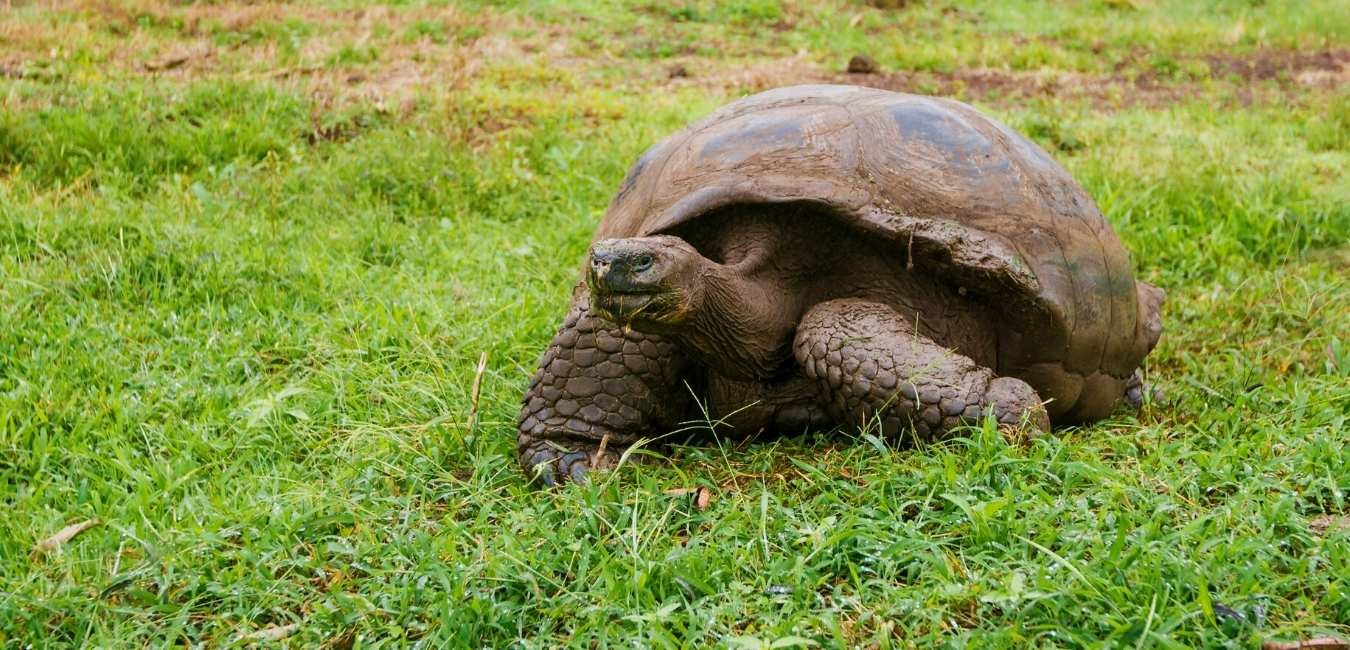Breakfast service. Dry landing. Visit Moreno Point. Deep-water snorkeling.
Moreno Point
Moreno Point is where the forces from the Galapagos joined together to create an art work. You will begin the tour with a paddle boat ride along the stunning rocky shores, where you can often see Galapagos Penguins as well as shorebirds. The path then traverses through jagged lava rock. Crystal tide pools were formed as the black lava flow swirled, some surrounded by mangroves. This area is home to small blue lagoons and blue herons as well as pintail ducks from the Bahamas. The mangroves' green leaves are home to brown pelicans, which can be found nesting within the mangroves. These pools can be viewed from the edge of the volcano. You can also walk along the lava and see puffer fish, white-tipped sharks and green sea turtles. Introduced species have made this idyllic setting less beautiful. The area is home to feral dogs that are known for attacking sea lions, marine iguanas, and other wildlife.
Urbina Bay
Lunch service and navigation to Urbina Bay Wet landing. More wildlife watching and nature walks Scuba diving.
Urbina Bay is located at the foot Alcedo Volcano south of Tagus Cove. It is one of the best examples of geological uplift within the Galapagos. When the molten material beneath the surface shifts, it causes an uplift. The shoreline was lifted by almost 15 feet (4 meters) in 1954. The coast was extended 3/4 mile out to sea, leaving behind giant coral heads and stranding large marine organisms. Shortly after, a Disney film crew visited the location and found skeletons and sea turtles, lobsters, and other marine organisms that were unable to reach the ocean due to the rising land. Newly formed tide pools were home to schools of fish. Near the former beach, you can see boulder-sized coral heads. A few weeks later, Alcedo's eruption followed the uplifting of Urbina bay.
Many Galapagos animals nest in Urbina Bay during the season. To lay their eggs, female tortoises travel down from Alcedo. The area is also home to Galapagos penguins and flightless cormorants, as well as brown pelicans.
The journey begins with a wet landing at the white sand beaches. The difficulty of the route will vary depending on the season. The trail is quite passable in the dry season, but can be very difficult during the wet season. The visitors will learn about the geological wonders of this region as they cross it. You will then reach the area of sandy beach. You can return to the landing spot on shorter visits by following the same route, while you can continue past coral heads and onto the new beach with longer visits.
The site also features marine iguanas as well as some of the largest land-iguanas on the islands. Galapagos Cotton is an endemic plant that historians believe the Incas brought with them to the islands. Naturalists however think it was transported from Peru.
Guide briefing. Navigation to Fernandina Island and dinner service


